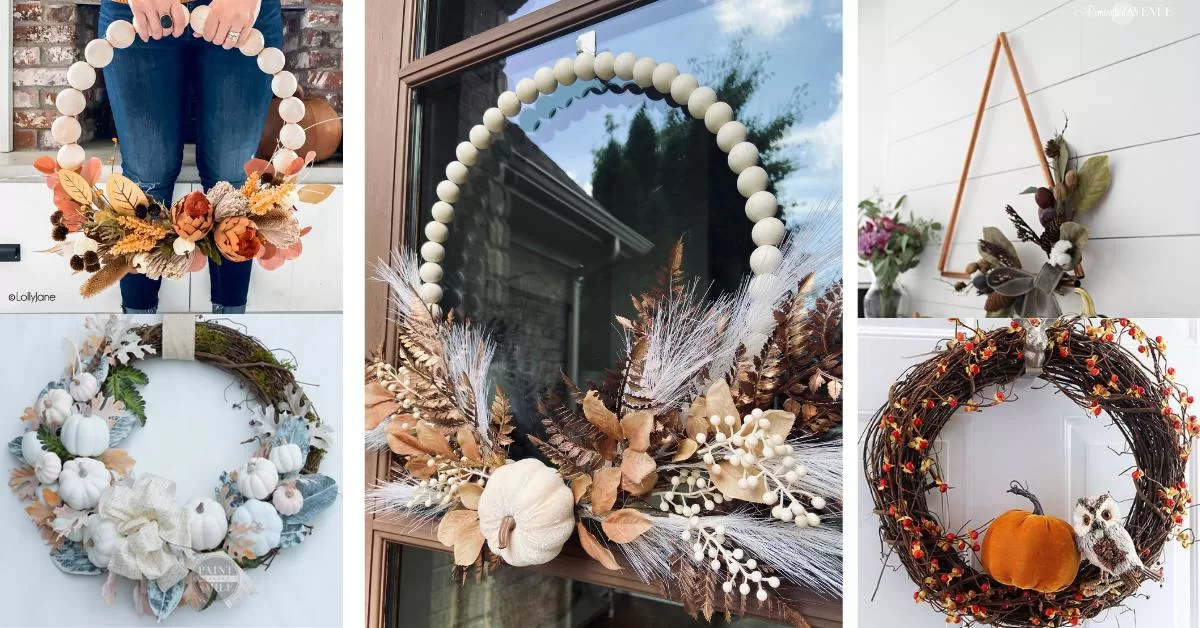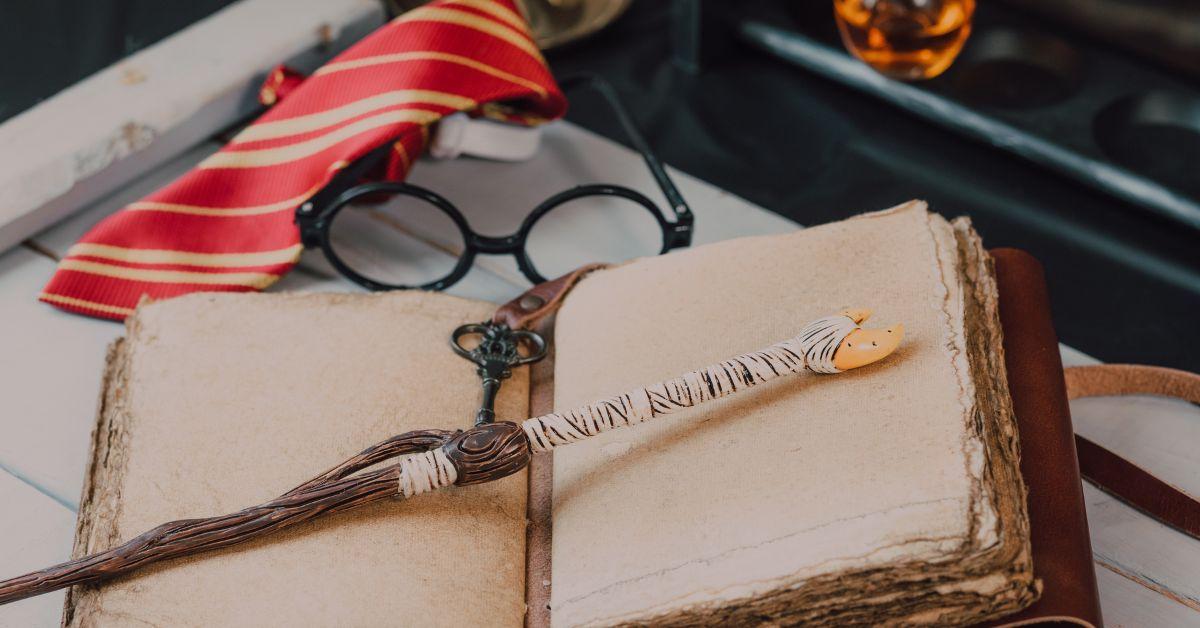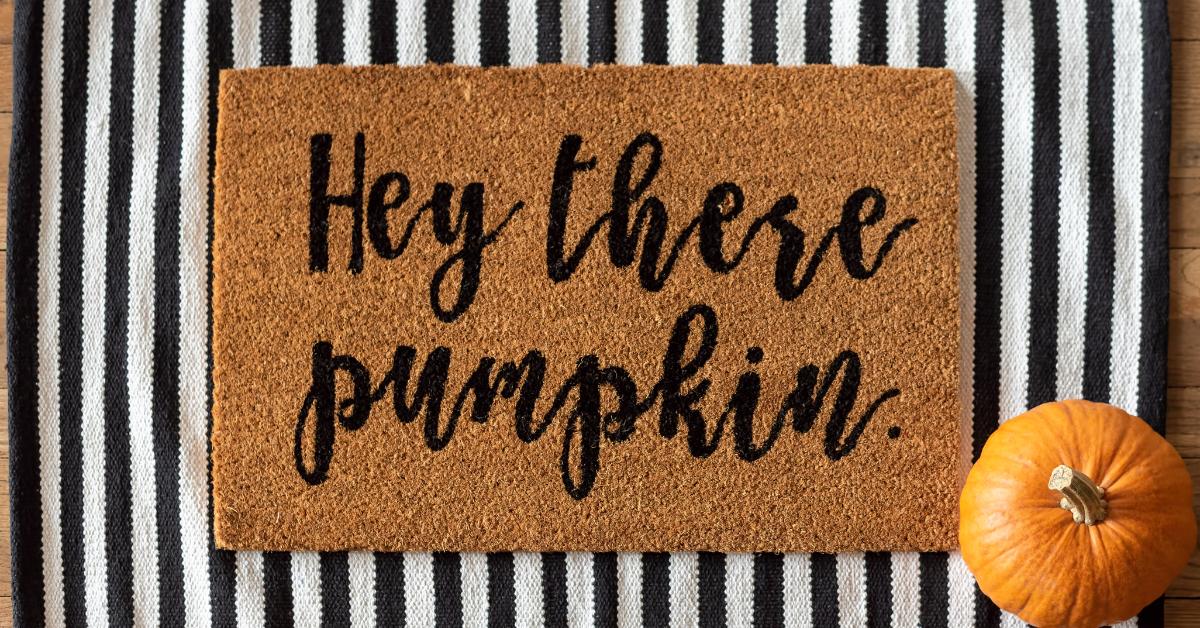Chair reupholstery can be intimidating, but this DIY chair makeover tutorial breaks down the steps needed to refinish the wood and upholstery of your chair for a flawless furniture transformation!

DIY CHAIR MAKEOVER: THE BEFORE
I admit, I have a thing for clawfoot furniture.
I just can’t pass it up. Even if the fabric is musty and the wood is scratched, I just can’t get over the character of a chair with carved wooden feet.


When I saw this chair at an estate sale, I knew it would take a lot of work (and it did!), but the outcome was well worth it! Since it was a DIY chair makeover, I was only out for the cost of materials plus the $13 that I paid for the chair at an estate auction – a STEAL, right?
Upholstery and refinishing wood may seem like two complex tasks. Even a beginner can take on a DIY chair makeover with the right tools and guidance. I’d already done a few upholstery projects, including refinishing an antique rocking chair for my son’s nursery, so I knew the process would be similar.
Let me show you….
{This article may contain affiliate links to products I know and love. As an Amazon Associate, I earn from qualifying purchases at no extra cost to you. See my full disclosure policy here.}


MATERIAL LIST FOR DIY CHAIR REUPHOLSTERY
First things first, you’re going to need the right tools and materials for a project like this. Here’s my list:
Tools & Materials for Chair Reupholstery:
- Needle-nose pliers
- Scissors
- Upholstery tack tool (for nailhead and staples)
- Nail head trim (if applicable)
- Upholstery tack hammer
- Nail head spacer (optional)
- Batting
- Foam cushion (if it needs to be replaced)
- Wadding (optional)
- Upholstery fabric (see mine here)
- Upholstery trim (see mine here)
- Staple gun + staples
- Air compressor if using a pneumatic stapler (recommended)
Tools & Materials for Refinishing Wood
- Orbital or mouse sander (or sanding blocks if sanding by hand)
- Sandpaper (180-grit and 220-grit)
- Mineral spirits
- Lint-free cloths
- Stain of choice
- Foam brushes
- Polyurethane
- Synthetic brushes
DIRECTIONS FOR REUPHOLSTERING A CHAIR
1. Disassembly
Stripping this chair allowed me to see the condition of all of the original materials as well as the method that it was put together. I took a lot of pictures as each layer was peeled back so I could reverse the layers when putting it back together – your camera is your friend, here!

Tools for disassembly: My must-have for removing nail heads and upholstery tacks is an upholstery tack tool. It’s much easier to damage the wood if you try to use pliers and an upholstery tack tool is an inexpensive piece of equipment that will make your project much easier.
Every fabric and padding layer on this chair was stained, musty, and smelly, so I was not able to salvage any of it, minus the burlap over the spring system. Fresh layers coming!
2. Restain wood (optional)
Once all of your fabric layers are removed, you can refinish the wood frame of the chair if needed. This chair had quite a bit of shallow scratches and wear, plus I didn’t care for the orange-ish hue of the stain, so I decided to refinish the wood.



Since this is a post on upholstery, I won’t go into a lot of details on how to restain wood, but I will say that you have to be extra careful not to damage the wood when it’s time to apply your batting and fabric since it takes weeks for polyurethane (the outer sealant that goes over the stain) to cure.
You learn more on this topic in my posts on How to Stain Wood Furniture or this post on How to Refinish an Antique Rocking Chair.
3. Replace Cushion and Batting
Now it’s time to put everything back together. I used the reference photos that I took during disassembly and reversed the disassembly steps when replacing my material. So, my steps for the seat looked something like this:
Cushion (with padding underneath) -> Batting -> Wadding -> Top Upholstery Fabric -> Nailhead and Fabric Trim -> Bottom cloth
Cushion Tips
I initially chose a 2” cushion with the intention of making the seat a bit “cushier.” Big mistake – since I used the original fabric as an outline and had already cut the fabric (of which I had a limited quantity), the fabric wouldn’t cover the cushion. So, I had to save that cushion for another project and revert to a 1” similar to the original.
So lesson learned: if you size up the thickness of a cushion, you’ll have to account for it by measuring extra upholstery material to cover it and not using your original fabric as an easy template. Seems like common sense, but when you’re in the moment…

Batting Tips
Not sure what kind of batting to use? You can use cotton batting as I did (it is heavier, thicker, and has more loft), or Dacron, which is a really popular and more cost-effective polyester option. I opted for cotton since that was the original material used with this antique piece, but either would have worked.
The purpose of the batting is to shape the seat by softening the edges of the cushion, while also protecting the other layers. It along with the wadding layer also provides a smooth finish so your upholstery fabric won’t stick to it and wrinkle the way it would if it was directly on top of the foam cushion, which may cause some friction.
I did not secure the batting to the wood but instead treated it as layers of padding. The next layers (wadding and upholstery fabric) we secured with staples and upholstery tacks.
4. Reupholster the Fabric Layers
Wadding is the fabric layer right under the top upholstery. It was the neon blue fabric you saw as I disassembled the original chair. I chose a simple white linen blend to replace it.
This is the last layer before you apply your top upholstery fabric, so its job is to smooth and secure everything underneath as a base for your top upholstery.
The outermost layer of fabric needs to be heavy-duty, thick and made for upholstery or it will wear much quicker.
Where to Buy Fabric
Etsy has the most variety. Local fabric stores like Joann’s and Hobby Lobby are another budget-friendly option. I occasionally score vintage fabrics from thrift stores and antique shops, but it’s hard to find them in good condition.
I chose a deep red kilim upholstery fabric from an Etsy shop based in Turkey and was IN LOVE with it. The colors were rich and vibrant and the pattern was a classic. Although I pre-wash some fabrics for sewing projects, I never wash upholstery fabric for furniture. First off, it’s often treated with anti-stain that you don’t want to wash off. Second, there’s no risk of it shrinking, because, unlike curtains or pillowcases, you won’t be throwing chair upholstery in the wash down the road.

Securing Upholstery Fabric
To secure these layers, you have a few options. I used a pneumatic stapler with an air compressor, and that’s what I’d recommend if you have access to one. It will give you the best results with fewer mistakes (staples sticking out, etc.). You can try a heavy-duty hand stapler, but there may not be enough pressure to ensure the staple goes into the wood flat. They are also hard to use if you are turning the stapler at odd angles or trying to staple into nooks (my pneumatic stapler has a tapered end that fits better into crevices for stapling).
Another option is to use nail head trim, which I did use for the top portions of the cushion. I preferred this option for my Antique Rocking Chair that I used in my sons’ nurseries, but boy, did it take a loooooong time to apply all those tacks! I’ll get into the nail head steps more below in step 7.
The final option is to use adhesive, such as a hot glue gun, but I wouldn’t recommend it. First of all, you’re likely to burn your fingers while folding and pulling fabric over the glue. Second, it could bleed through the fabric and look messy. I’ve read some blog posts about using it in upholstery projects as a staple substitute, but usually for the interior pieces of a high back chair or couch.
Upholstery Tips for Outer Layers
I used the old upholstery as a guide and cut out the same shape with a 2-inch excess to account for folding the material in before stapling it. I simply placed the material over the batting and pulled on the edges until I knew it was centered and all of the edges would cover the cushion. Then, I folded the ends of the material inward and stapled it in place. It was easier for me to start with the back side, followed by the front, and lastly the sides. This way, I could pull the fabric taut and endure there were no wrinkles.
For the corners, I cut notches similar to the template of old fabric then folded the edges in and tucked the ends in at right angles (you can see how it was done on the original burgundy fabric). I secured it with staples (making sure the staples were in a straight line as close to the bottom as possible) and then trimmed the excess fabric as close as I could to the staples.
Then, I repeated the process with the outer upholstery fabric.
5. Apply Decorative Trim
There are a lot of trim options that you can use to decorate the edges of your chair fabric while also concealing tacks or staples. If you have access to a sewing machine, single or double-corded piping is an option.
I chose a simple gold gimp trim that matched some of the gold tones in the kilim fabric. Using a hot glue gun, I secured it to the base of the chair, covering staples as I went and working in about 6-inch intervals to make sure each section was secure. The trim was easy to bend and manipulate around corners.

6. Apply Nail Head Trim
Nail head tacks are easy to apply but take some precision to line up. I spaced the tacks the same as the original pattern but replaced the actual tacks since the original ones were rusted and several fell apart during removal.
If you have difficulty measuring out and spacing your tacks evenly, try a nail head spacer. Also, a tack hammer and upholstery tack tool are must-haves.
Remember, you’re using tacks in place of staples. If you try to staple then cover with nail head, you’ll find that the staples will be in the way and you’ll have to pull them out as you go (been there, done that). So prep your fabric with a 2” extra border so that you can fold and tuck one side. Then, apply your nail head and work your way to the other sides. I found it easiest to nail my corners first so that my fabric was folded and taut while I filled in the rest of the nail head.
This chair turned out great and for the time being, it’s staying put in my kitchen!




If you enjoyed this furniture makeover tutorial on chair reupholstery, you can find plenty more like this Antique Rocking Chair makeover or Vintage Typewriter Desk tutorial on The Copper Goose Blog.
Subscribe to the email list if your want tutorials, furniture makeovers, and vintage decorating inspiration sent directly to you!







